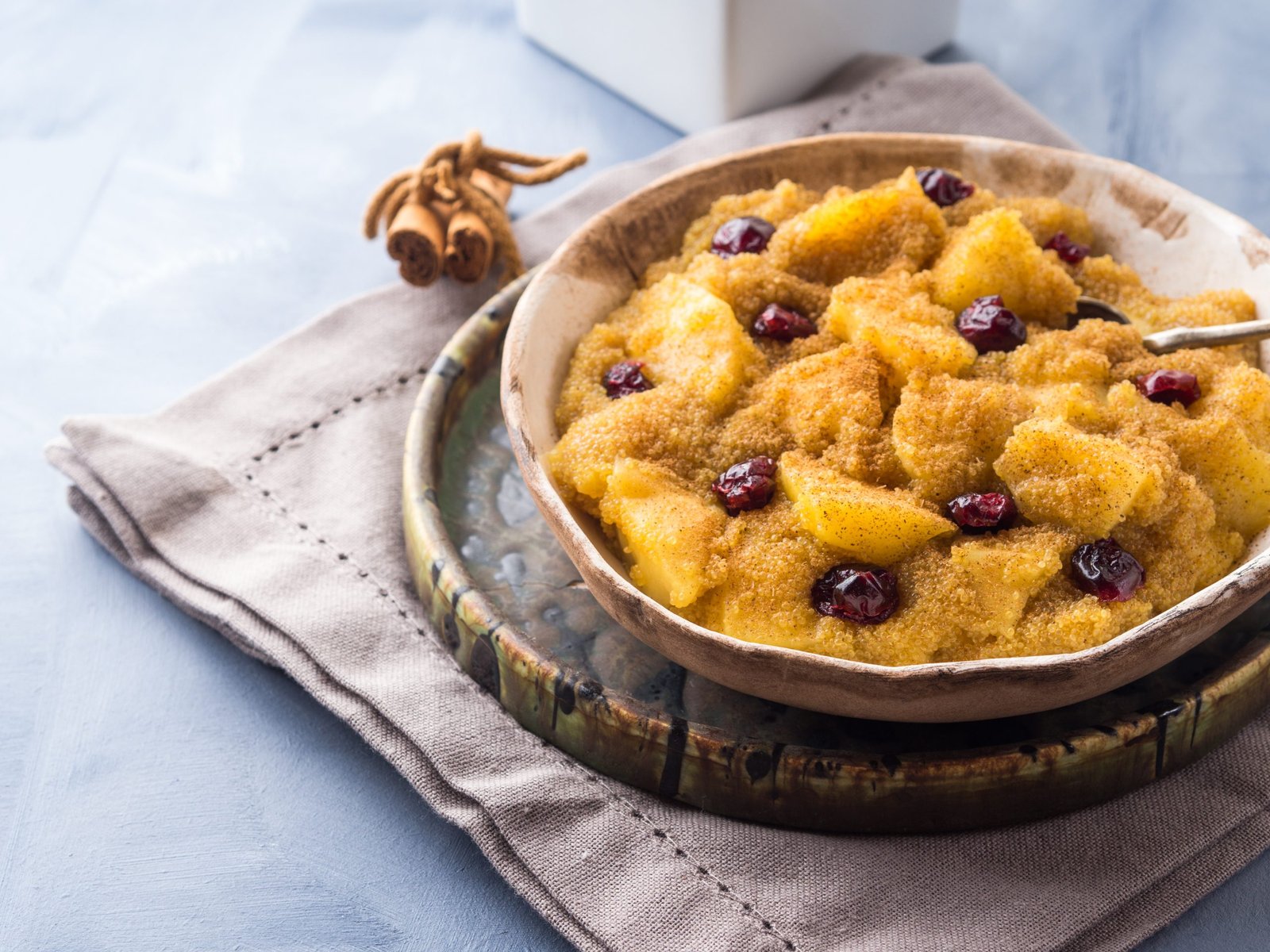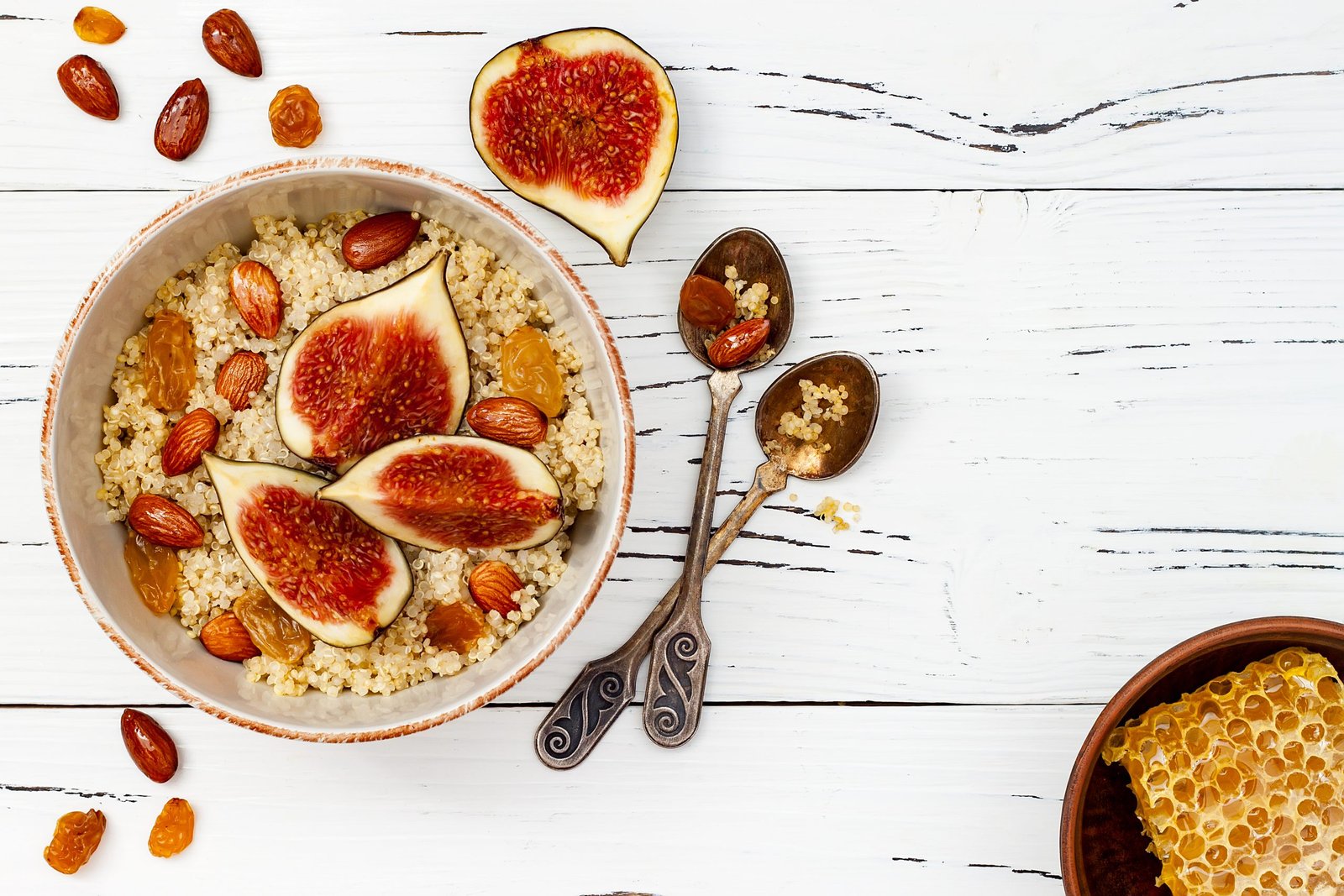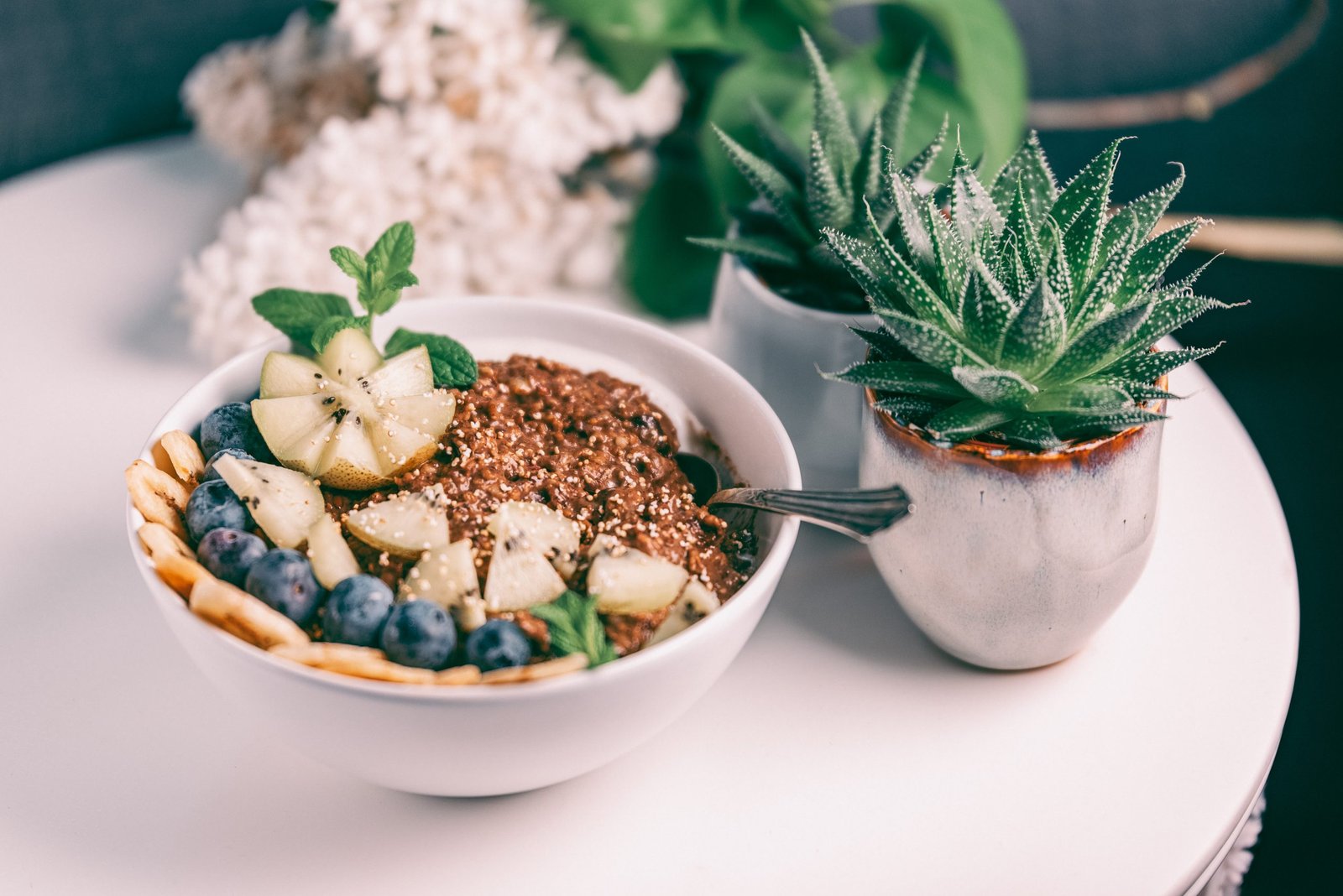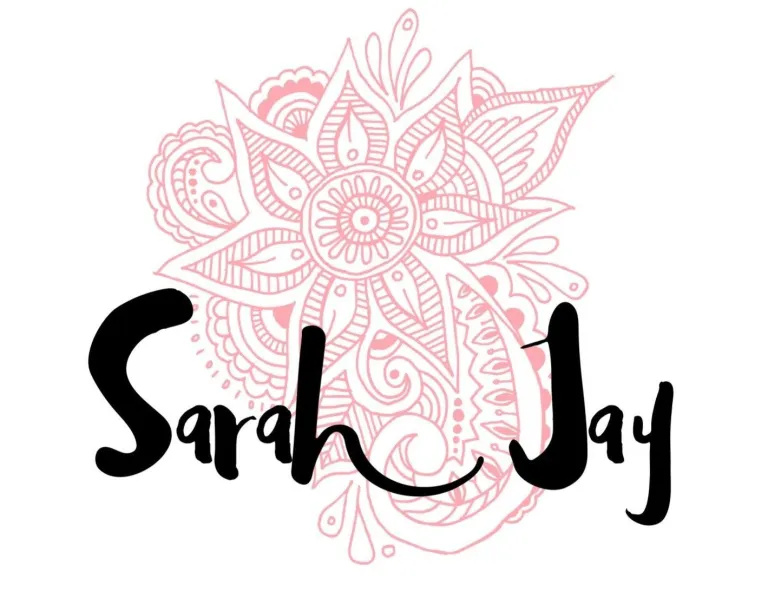
by jayjagger | Oct 20, 2020 | Breakfasts, dairy free, Gluten Free, Mains, Nourishing Recipes, Turmeric
This vitalising and cleansing sweet mung daal porridge will have you longing for more! Mung beans’ astringent nature literally scrapes your bowels clean. They draw out toxins from your digestive tract, clear up excess mucus and combat dampness in your body.This...

by jayjagger | Oct 20, 2020 | Breakfasts, dairy free, Gluten Free, Nourishing Recipes, Sweets, Turmeric, Vegan
Amaranth porridge is a great alternative to oats or millet and can be a great substitue for those who can’t digest traditional grains or other psyeudo grains very well. Amaranth is great for Kapha and Pitta types. Vata’s should try it out and mix with...

by jayjagger | Oct 20, 2020 | Breakfasts, dairy free, Gluten Free, Happy Snacks, Nourishing Recipes, Sweets, Vegan
If oats, millet and Co. are not for you, or you simply want a bit of a change to your morning breakfast routine, try out some amaranth porridge for breakfast. It’s light and dry nature makes it an ideal grain for the Kapha dosha.Amaranth ‘s astringent...

by jayjagger | Sep 24, 2020 | Breakfasts, Nourishing Recipes
This super simple recipe doesn’t require much effort, apart from the 20 minute cooking time which is slightly reduced if you soak the amaranth overnight. Amaranth is a pseudograin and glutenfree. Experiment by topping your fluffy Amaranth with stewed or cooked...

by jayjagger | Sep 20, 2020 | Ayurveda
Ayurveda is an ancient healing system that orginated in India. It can be traced back to pre-historic healing scripts (the Vedas) to somwhere between 3,000 – 5,000 years ago. Ayurveda talks about how to care and look after your body and how to maintain balance...






